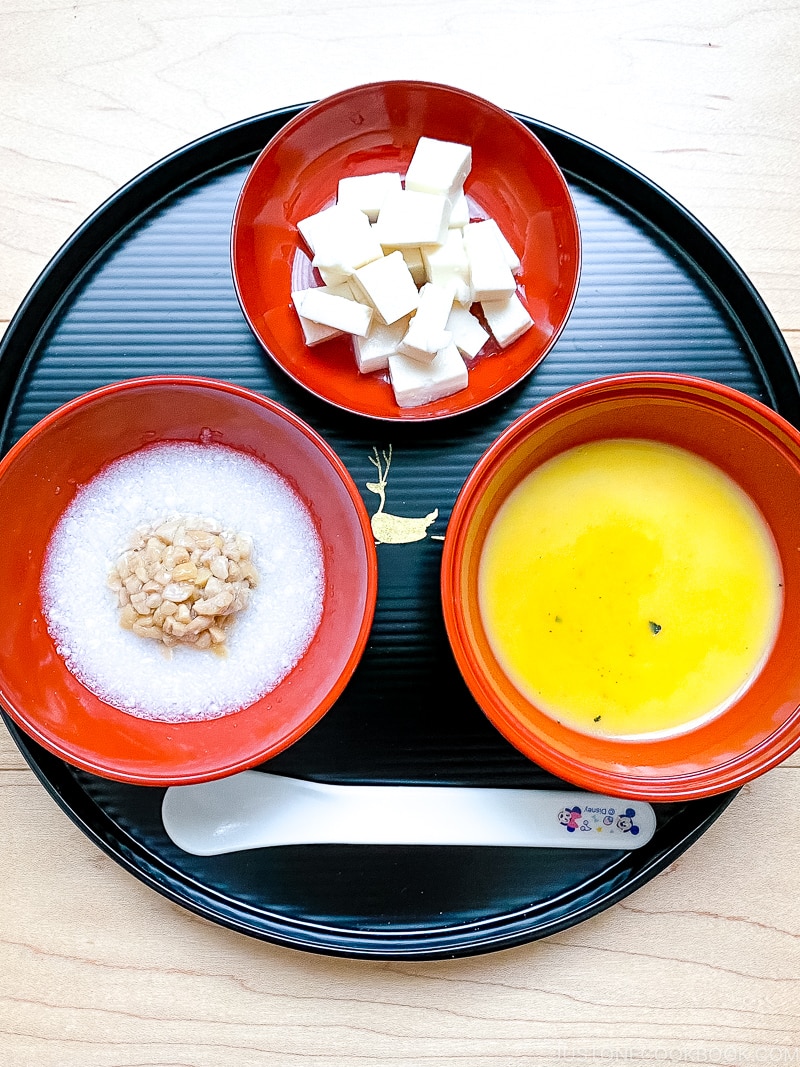Table of Contents
Japanese vegetables are a delicious and healthy addition to any diet. They are packed with nutrients and antioxidants, and they can be used in a variety of dishes. In this article, we will discuss the different types of Japanese vegetables, how to grow them in your garden, where to buy them, and how to cook them. Whether you are a seasoned gardener or a beginner, you will find valuable information in this guide. So read on and learn more about the wonderful world of Japanese vegetables!
Japanese Vegetables: A Guide to Growing, Buying, and Cooking
What are the different types of Japanese vegetables?
Japanese vegetables are a diverse and delicious group of plants that are grown in Japan. They are a staple of the Japanese diet and are used in a variety of dishes, from soups and stews to salads and tempura. Japanese vegetables are also becoming increasingly popular in other countries, as people become more interested in healthy and flavorful cuisine. There are many different types of Japanese vegetables, each with its own unique flavor and texture. Some of the most popular varieties include:
- Daikon: A large, white radish with a mild flavor. It is often used in soups, stews, and salads.
- Kabocha: A type of squash with a sweet, nutty flavor. It is often used in soups, stews, and tempura.
li>Satsumaimo: A type of sweet potato with a bright orange flesh. It is often used in soups, stews, and desserts.
- Renkon: A type of lotus root with a crunchy texture. It is often used in soups, stews, and salads.
- Gobō: A type of burdock root with a slightly bitter flavor. It is often used in soups, stews, and stir-fries.
Vegetable | Description | Uses |
Daikon | Large, white radish with a mild flavor | Soups, stews, salads |
Kabocha | Type of squash with a sweet, nutty flavor | Soups, stews, tempura |
Satsumaimo | Type of sweet potato with a bright orange flesh | Soups, stews, desserts |
Renkon | Type of lotus root with a crunchy texture | Soups, stews, salads |
Gobō | Type of burdock root with a slightly bitter flavor | Soups, stews, stir-fries |
These are just a few of the many different types of Japanese vegetables that are available. With so many delicious and healthy options to choose from, it's easy to see why Japanese vegetables are becoming increasingly popular around the world.
What are the different types of Japanese vegetables?
How to grow Japanese vegetables in your garden
Site selection and soil preparation
Japanese vegetables can be grown in a variety of climates, but they prefer warm, sunny locations with well-drained soil. The soil should be amended with organic matter, such as compost or manure, to improve fertility and drainage.
Planting
Japanese vegetables can be started from seed or transplants. If starting from seed, sow the seeds indoors 6-8 weeks before the last frost. Transplant the seedlings outdoors after the last frost, spacing them according to the seed packet directions.
Vegetable | Planting depth | Spacing |
Daikon | 1/2 inch | 6 inches |
Kabocha | 1 inch | 3 feet |
Satsumaimo | 2 inches | 12 inches |
Renkon | 2 inches | 6 inches |
Gobō | 1 inch | 6 inches |
Watering and fertilizing
Japanese vegetables need regular watering, especially during hot, dry weather. Water the plants deeply, allowing the water to penetrate to the roots. Fertilize the plants every few weeks with a balanced fertilizer.
Pest and disease control
Japanese vegetables are relatively pest-free and disease-resistant, but they can be susceptible to a few common problems. Aphids, whiteflies, and spider mites can be controlled with insecticidal soap or neem oil. Bacterial wilt and powdery mildew can be controlled with copper fungicide.
Harvesting
Japanese vegetables can be harvested when they reach maturity. The maturity date will vary depending on the variety of vegetable. To harvest, simply pull the vegetables from the ground or cut them from the plant. Japanese vegetables are a delicious and healthy addition to any garden. With a little care, you can grow your own Japanese vegetables and enjoy their unique flavors and textures.
How to grow Japanese vegetables in your garden
Where to buy Japanese vegetables
Local grocery stores
Many local grocery stores now carry a variety of Japanese vegetables, especially in areas with large Asian populations. Check the produce section of your local grocery store to see if they carry any Japanese vegetables. If you don't see any, you can always ask a staff member if they can order them for you.
Asian grocery stores
Asian grocery stores are a great place to find a wide variety of Japanese vegetables. These stores typically carry a larger selection of Japanese vegetables than local grocery stores, and they may also have some more unusual varieties that you won't find elsewhere. If you're looking for a specific type of Japanese vegetable, an Asian grocery store is a good place to start your search.
Store | Location | Website |
Mitsuwa Marketplace | California, New Jersey, Illinois, Texas | |
Nijiya Market | California | |
Marukai Market | California, Washington, Hawaii |
Online retailers
There are also a number of online retailers that sell Japanese vegetables. This is a great option if you don't have access to a local Asian grocery store. However, it's important to note that shipping costs can be high, so it's important to factor that into your budget.
Where to buy Japanese vegetables
Japanese vegetable recipes
Traditional dishes
Japanese vegetables are used in a variety of traditional dishes, such as soups, stews, tempura, and pickles. Some of the most popular dishes include:
- : A simple but flavorful soup made with miso paste, dashi, and vegetables.
- : A hot pot dish made with beef, vegetables, and tofu.
- : Deep-fried vegetables or seafood.
Dish | Description | Ingredients |
Miso soup | A simple but flavorful soup made with miso paste, dashi, and vegetables. | Miso paste, dashi, vegetables (such as tofu, wakame, and green onions) |
Sukiyaki | A hot pot dish made with beef, vegetables, and tofu. | Beef, vegetables (such as tofu, shiitake mushrooms, and carrots), tofu, sukiyaki sauce |
Tempura | Deep-fried vegetables or seafood. | Vegetables or seafood, tempura batter |
Modern dishes
Japanese vegetables are also used in a variety of modern dishes, such as salads, stir-fries, and pasta dishes. Some of the most popular dishes include:
- Japanese vegetable salad: A refreshing salad made with a variety of Japanese vegetables, such as daikon, carrots, and cucumber.
- Stir-fried Japanese vegetables: A quick and easy dish made with Japanese vegetables, such as broccoli, carrots, and bell peppers.
- Japanese vegetable pasta: A delicious and healthy pasta dish made with Japanese vegetables, such as shiitake mushrooms, asparagus, and spinach.
Japanese vegetables are a versatile and delicious addition to any diet. They can be used in a variety of dishes, from traditional to modern. With so many delicious and healthy options to choose from, it's easy to see why Japanese vegetables are becoming increasingly popular around the world.
Japanese vegetable recipes
Final Thought
Japanese vegetables are a delicious and versatile addition to any diet. They are easy to grow, and they can be used in a variety of dishes. If you are looking for a healthy and flavorful way to add more vegetables to your diet, Japanese vegetables are a great option. We hope you have enjoyed this guide to Japanese vegetables. If you have any questions, please feel free to contact us at nippongardening.com.